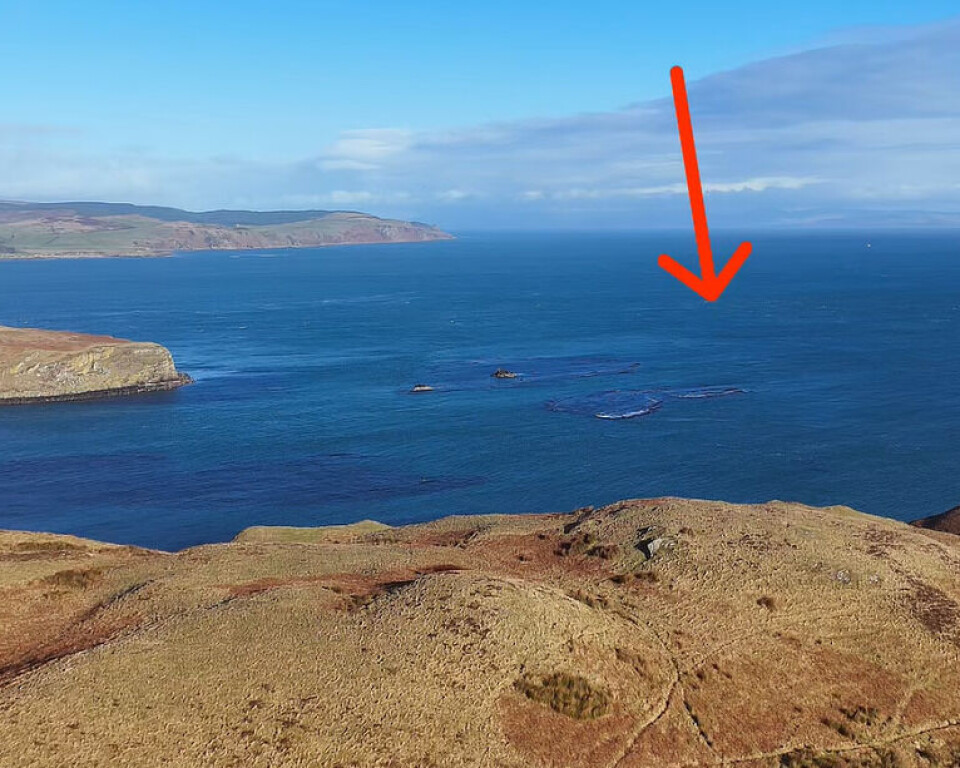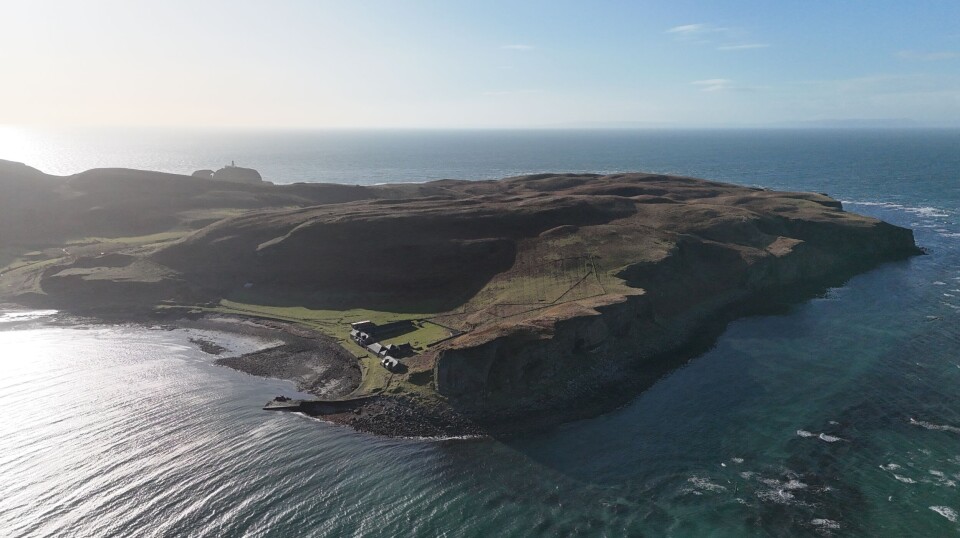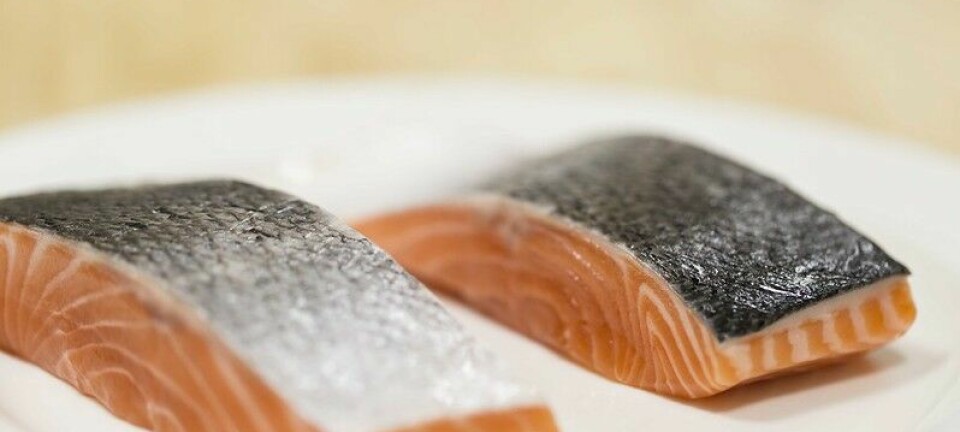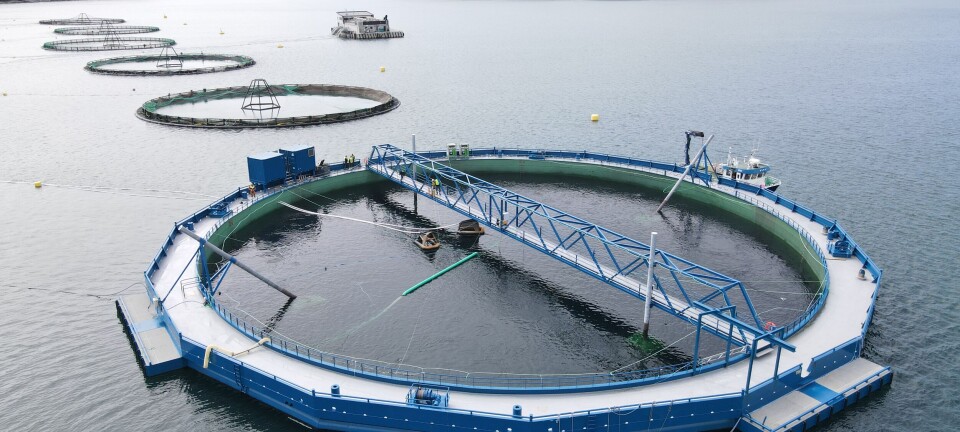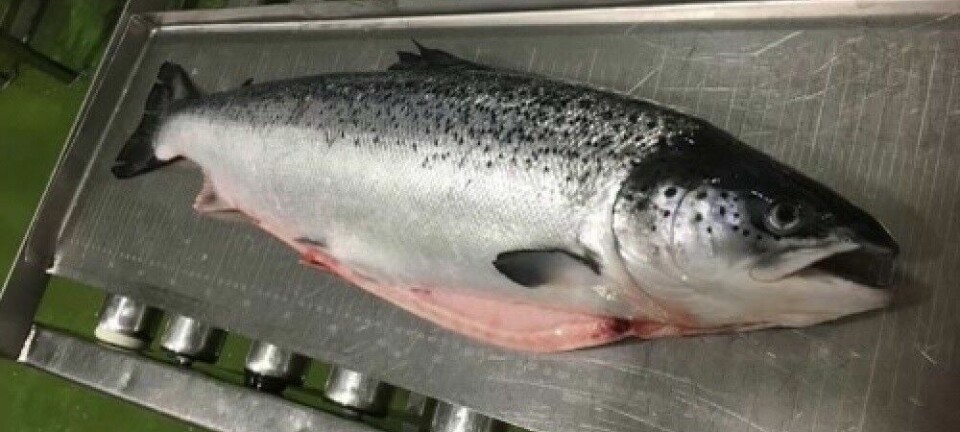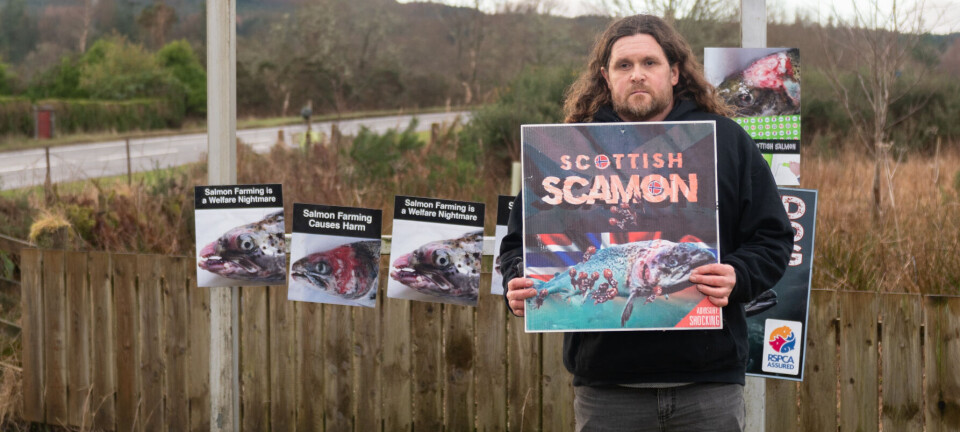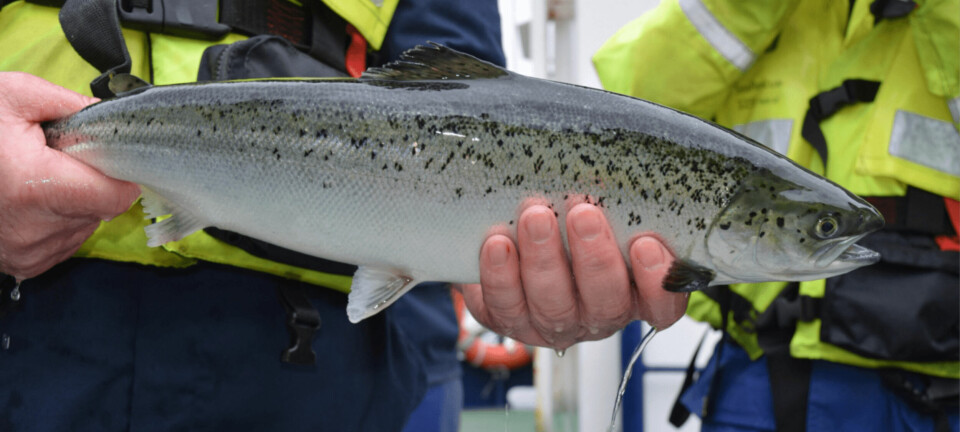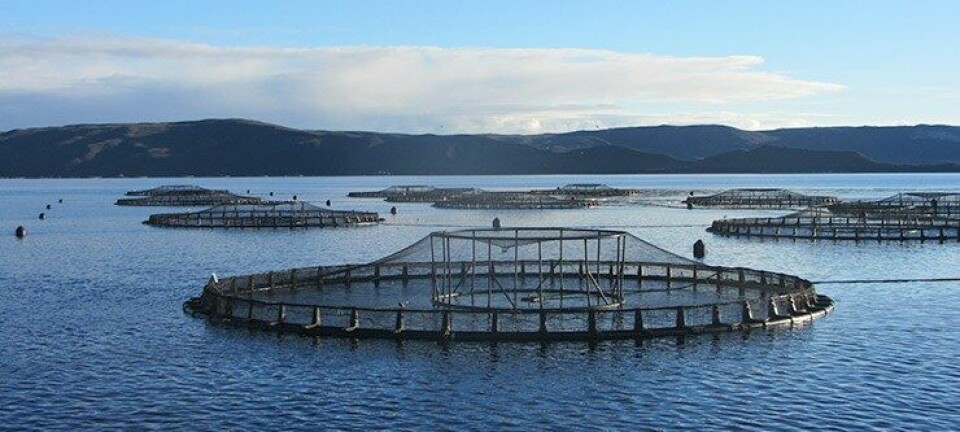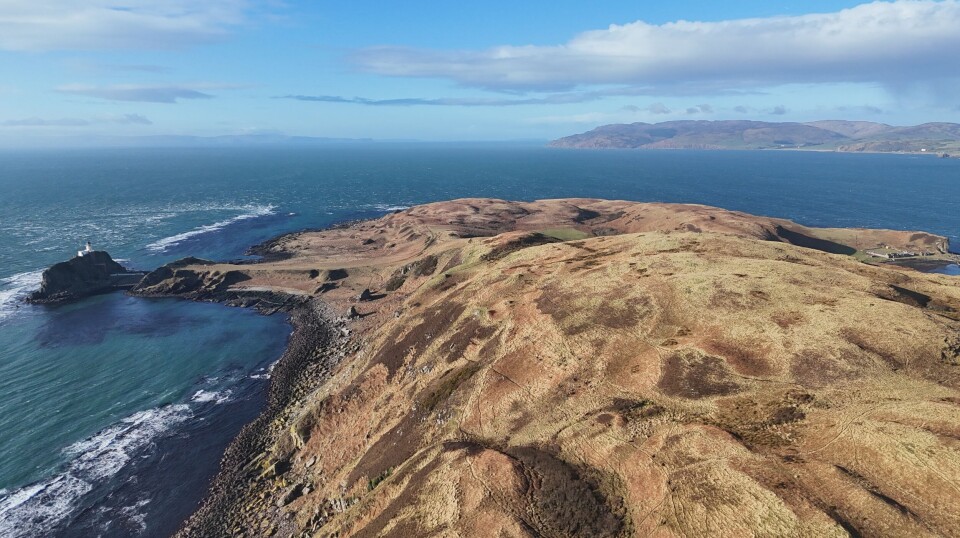
Mowi will seek 4,000-tonne biomass licence for proposed Sanda farm
Volume is well within capacity of the site, which is deep and fast flowing, says Scotland producer
Mowi Scotland will apply for a maximum allowed biomass of 4,000 tonnes for a proposed new salmon farm off the east coast of Sanda Island, near the southern end of the Kintyre peninsula.
The company announced yesterday that it had bought the uninhabited island – which was on the market for offers over £2.5 million - and has begun the early-stage fish farm pre-application process with stakeholders and the local community in Kintyre.
Mowi Scotland chief operating officer Ben Hadfield said the speed of the currents at the 70-metre-deep site was higher than at any other of the company’s Scottish sites, which makes it good for fish welfare.
The DEPOMOD modelling system used by the Scottish Environment Protection Agency (SEPA) to assess how many fish can be farmed in a location had indicated that the Sanda site was suitable for a much higher biomass than Mowi will be asking for, added Hadfield.
Guillemots
The site is in a Marine Protected Area but the protected features – sublittoral sands and black guillemots – wouldn’t be affected by the farm, said Hadfield.
“The area that we’ve chosen is deep-water muds or coarse sands, coarse sediments,” he said.
“We’ve taken advice from various agencies, and we think that what we propose will have no interaction with the guillemots.”
Seal colony
There is also a seal colony on Sanda Island, but Mowi plans to prevent interaction with seals by using Fortress-style pens like those used to protect salmon from seals in Tasmania, and from sea lions in Chile.
“The pens are stronger, and they have netting around the walkways, and in some places they have double netting. With it being a brand-new investment and choice of equipment, we’re confident that we can prevent any interaction with large grey seals by using the specification that is able to deal with sea lions,” explained Hadfield.
“We (Mowi) are quite successful at preventing predation from sea lions in Chile, and that’s a 300 kg animal. We don’t want to have any interaction with seals, we’ve done a lot to reduce that in the company as a whole, so if we put this equipment in from Day One, I think it will be very successful.”
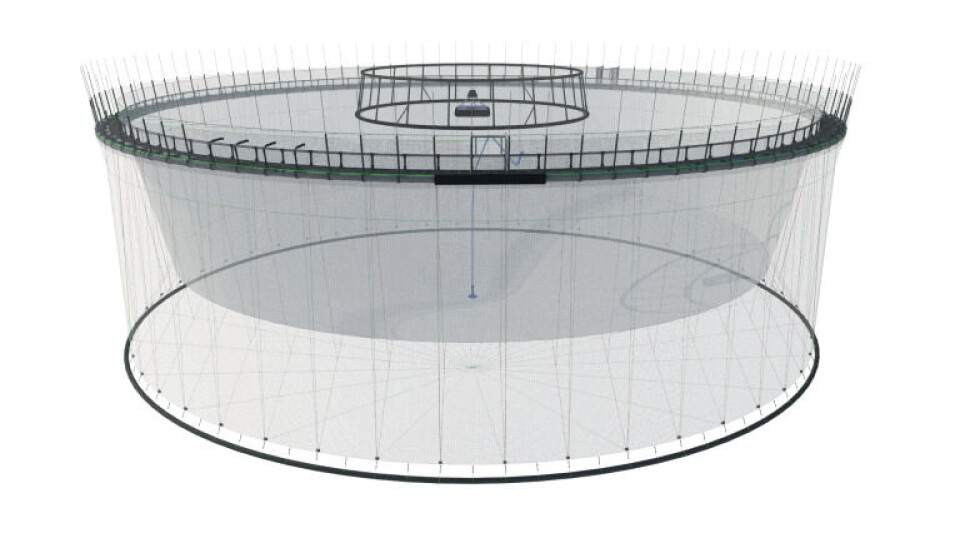
Mowi Scotland now uses 160-metre pens as standard for upgrades and new developments but will apply to use 200-metre pens at Sanda as these are better suited to the higher-specification nets and the faster currents.
All fish farms, including Sanda if it is approved, have to rent seabed space from Crown Estate Scotland, so why did Mowi choose to buy the island, too?
Hadfield said it gives the company a greater level of control, and the opportunity to add to its string of projects that have benefitted island communities.

When I go to Rum and Muck and Colonsay, it’s fantastic to see how Mowi is developing there with the community.
Mowi Scotland chief operating officer Ben Hadfield
“We’ve had a really successful period of developing on islands with the majority consent of the inhabitants or the owners and doing a lot of infrastructure work,” he said. “When I go to Rum and Muck and Colonsay, it’s fantastic to see how Mowi is developing there with the community, doing all kinds of things like broadband, water supplies, power supplies, roads, moorings for yachts, and it’s a really nice thing to do if you can dovetail that with growing your business and making money.
Native forest
“For a company of Mowi’s size in Scotland, with the profitability that we have, buying an island and being in a greater level of control is advantageous for us. It’s not full control: we hope that we can convince local councillors and the relevant authorities that this is a sustainable and great project to back, so we’re humble in that sense.
“But at the same time, it (ownership) gives you greater freedom. For example, on Sanda we want to be able to re-wild the island and plant native forest. The island was planted with ash trees 30 years ago and they’re full of ash die-back and overgrazed by deer. So, there’s a real chance to improve the biodiversity, and as well as that making the application better all round, there's a lot of people in the team at Mowi who are quite passionate about being able to do these things and run good profitable operations.”
Shipyard site
The company that sold Sanda also owned the site of the former shipyard at Campbeltown on Kintyre peninsula. The yard was included in the sale and offers Mowi the option of transporting harvested fish to its Blar Mhor processing plant at Fort William.
“We’re increasing (production) in that area because we’ve got Carradale farm (in Kilbrannan Sound) and then the North Kilbrannan site that was permitted a year ago and has gone great for us. We’ve harvested fish of just over 7 kilos out of there,” explained Hadfield. (Owning the shipyard) means there’s an opportunity to use dead haul and land the fish at the shipyard in tankers and truck them to Blar Mhor.
“That could be something we develop in the future. It’s about flexibility. We can take a harvest around to Mallaig live haul, we can take it around dead haul, or we could land it there (for transport by road). It's not a particularly intrusive operation and I'm sure there's a lot we can do the shipyard to improve it.
“It gives us the opportunity to land fish in Campbelltown, and it’s has been a while since that's happened. I think that would be really positive for the community.”


If Mowi wins permission for a farm off Sanda, it could produce around 6,000 tonnes in an18-month cycle, “but we’d want to fallow strategically in the area”, stressed Hadfield.
“I don't want to pre-empt what the authorities will say but we see it as an area for obvious sustainable expansion and our relationship with the communities down in that area is strong,” said the COO.
“I think the location is well considered. And there shouldn't be an obvious reason for not allowing it to go ahead, especially with the jobs and the plans for the island, which can only be seen as positive.”
Thorough process
Hadfield expects opposition from anti-fish farming groups but says Mowi will be able to present an evidenced-based case, as it has done with other sites.
“We put a really thorough scientific process in place and we cover all bases and we hope that we get support from the authorities. That's what we did at North Kilbrannan recently and it was unanimously approved just over a year ago.
“We don't mind the thorough scrutiny that comes with a planning application and an Environmental Impact Assessment and a SEPA discharge permit. We employ 14 people in Fort William and other offices ranging from oceanographers and PhDs to everything else, so we're very well equipped to deal with these things. But we understand that they take time, and you have to be very thorough and scientific in the way you present everything. And that's just what we do.”




